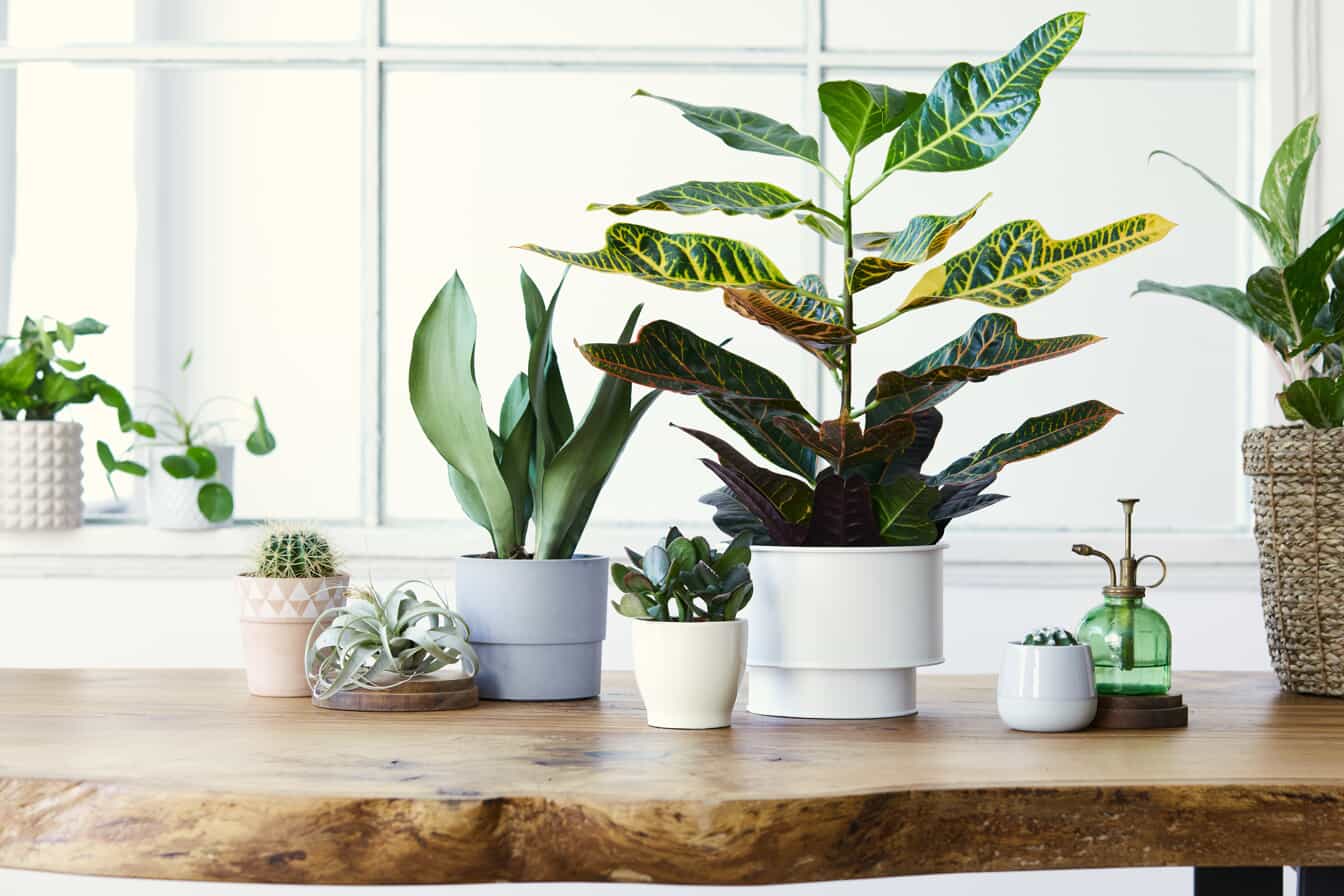How to Clean & Disinfect with Hydrogen Peroxide
Whether you’re out of your usual disinfectant and need a quick solution or you’re looking for a DIY alternative to commercially prepared cleaning products, the answer may be in your medicine cabinet. Hydrogen peroxide is recognized by the Centers for Disease Control and Prevention (CDC) as a “stable and effective disinfectant when used on inanimate surfaces.” According to the CDC, hydrogen peroxide can be used against a number of bacteria, viruses, fungi, spores, and yeast. Pretty impressive, right?
When cleaning with hydrogen peroxide, it’s important to know where you can use it and how it’s most effective. Our cleaning experts at Merry Maids® have some hydrogen peroxide hacks to help you get the most out of this fizzy household staple.
The Basics of Hydrogen Peroxide
Hydrogen peroxide is sold just about everywhere, from pharmacies to grocery stores to big box discount stores, and is generally available in 3% or 6% concentrations. Traditionally used as an antiseptic treatment for minor cuts or scrapes, recently many experts have stopped recommending this because it may actually slow healing by destroying healthy cells. But just because you should take it out of your first aid kit doesn’t mean you should ditch it altogether. It’s disinfecting properties make it useful in all sorts of situations.
Dwell Time
To be fully effective, hydrogen peroxide requires dwell time—that is, time spent in contact with germs to properly eliminate them. For instance, the CDC indicates that a 3% concentration (the strength most commonly available) needs about 6-8 minutes to fully inactivate rhinovirus, the main culprit behind the common cold. Most surfaces can be disinfected by spraying with hydrogen peroxide and allowing it to fizz for several minutes before rinsing or wiping dry.
Storage
Keep hydrogen peroxide in the brown or opaque bottle it came in, because it starts to lose effectiveness when exposed to oxygen or sunlight. While it’s tempting to pour it into a spray bottle for handy usage, stick to only what you need for the current cleaning session.
Safety
A word of caution: Avoid mixing hydrogen peroxide with vinegar, ammonia, or chlorine bleach. Although hydrogen peroxide is relatively safe and non-toxic on its own, the chemical reaction when combined with these other solutions can create dangerous irritants or harmful gasses.
Hydrogen peroxide also has mild bleaching properties, which is great for brightening dingy sinks or toilet bowls but not so great on your favorite shirt. When in doubt, test a small area for color-fastness to avoid unwanted spots or fading.
What to Clean with Hydrogen Peroxide
High-Touch Areas
Spritz onto door knobs, light switches, television remotes, drawer pulls, sink handles, and other surfaces your family regularly comes into contact with.
The Kitchen
Disinfect wooden cutting boards from time to time to kill bacteria left over from foods by soaking for 10 minutes.
Wipe down the rubber seals, gaskets, and crevices in your dishwasher that can play host to lingering germs, mold, or mildew.
Fill your kitchen sink with cold water and a quarter cup of hydrogen peroxide, then give vegetables or fruits a soak to get rid of pesticides and bacteria. Rinse well before eating.
Clean the garbage can with soap and water, then disinfect with a spray of equal parts water and hydrogen peroxide and let dry.
Soak your dish scrubber or basting brush in equal parts water and hydrogen peroxide for several minutes, then rinse and air dry.
Use hydrogen peroxide on a paper towel or rag to wipe down food spills or residue inside the refrigerator.
The Bathroom
Kill mold or mildew in your sink, tub, or shower by spraying it down and letting it sit for about 30 minutes, then rinse.
Disinfect and whiten the toilet bowl by pouring in ½ cup and leaving it to soak for at least 20 minutes before scrubbing with a toilet bowl brush.
Pour undiluted over your toilet brush for extra disinfection before returning it to its stand.
Soak your toothbrush, retainer, or thermometer in equal parts water and hydrogen peroxide for a few minutes to eliminate germs, then rinse well and air dry.
The Laundry Room
Treat tough stains by dabbing with or soaking in a hydrogen peroxide and water solution. (Test a small area first to make sure the material is color fast!) It’s effective on stubborn stains such as:
Blood
Wine
Juice
Chocolate
Grass
Sweat
Remove musty smells from towels by adding a cup of hydrogen peroxide to the machine, then adding laundry and running a cycle.
Use it in place of bleach to brighten white or light-colored laundry.
Add two cups to the washing machine drum and run an empty hot water cycle to kill mildew and other germs. This is especially effective—and necessary—for front-loading machines.














